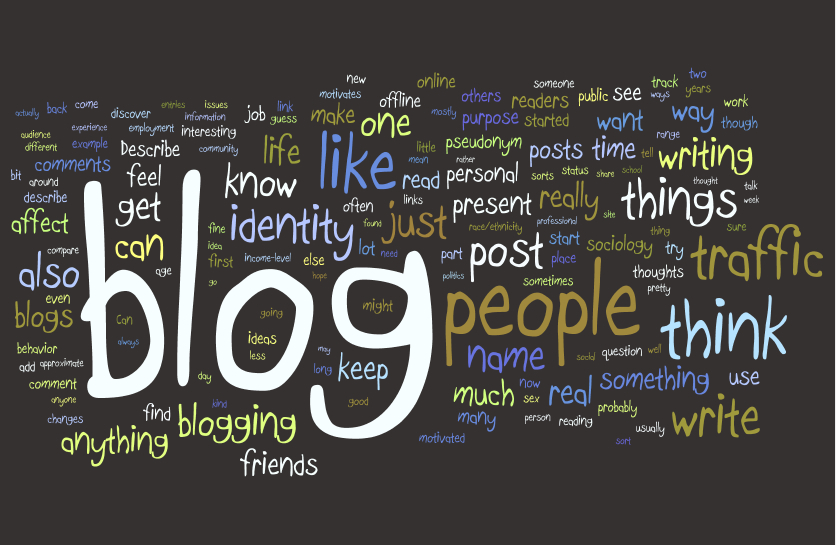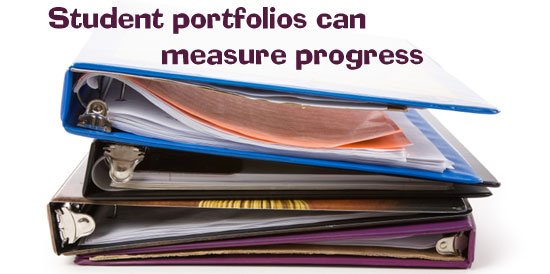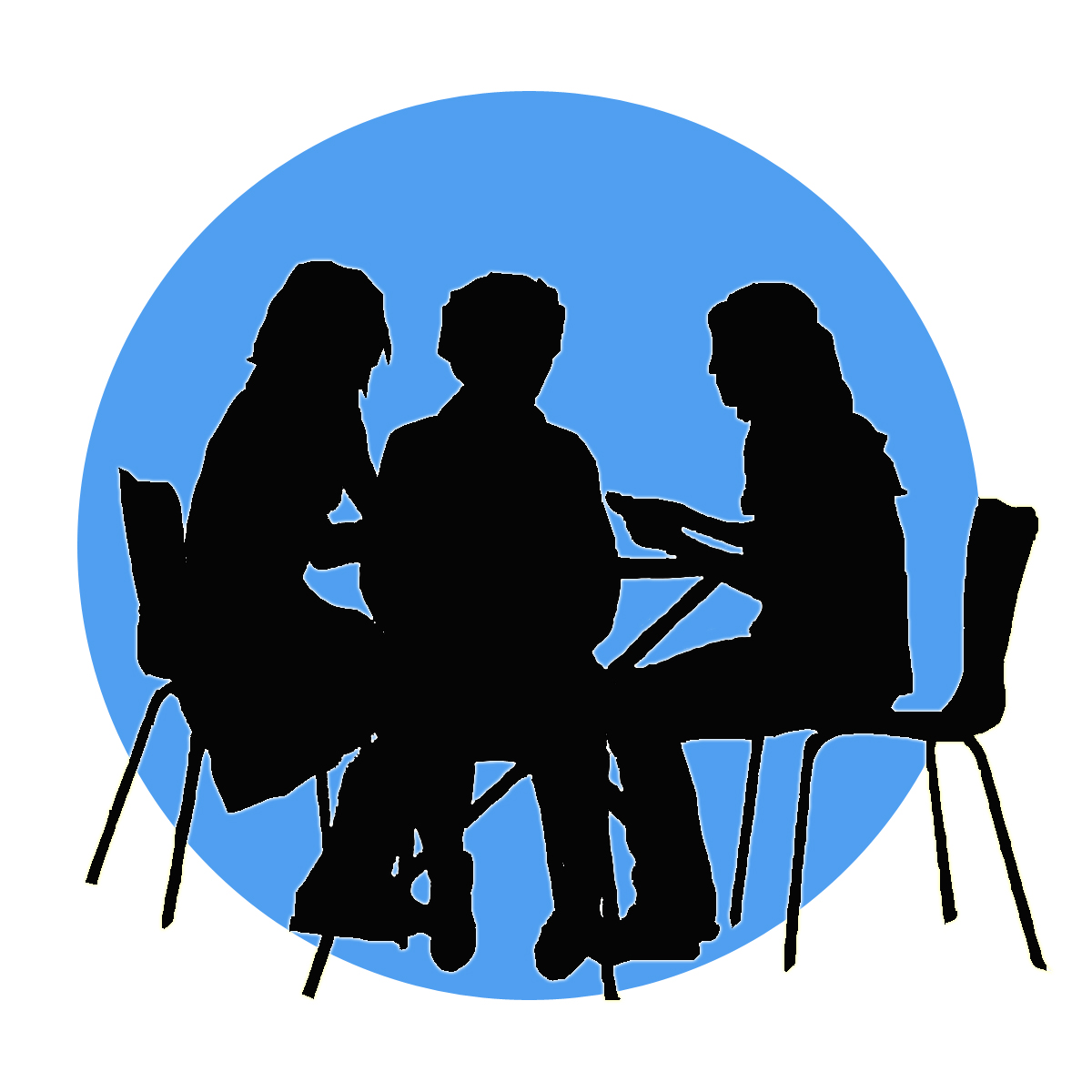I guess it could be called adrenaline. The feeling you get when your shoulders inch up just a little bit and your chin points inward toward your chest. Your eyebrows arch awkwardly higher at the same time that your eyes close to a squint. It's when anticipation is about to burst and you have a split second to make a decision: flight, fight, or protect. The word reflection holds so many implications that it becomes like filling a water balloon, never quite knowing when too much water will make the latex burst, leaving one with pieces of lime green rubber in his hand.
One can, for example, view her reflection in the mirror, picking out all the imperfections and choosing the best products for a flawless look. The mirror holds truth, but often I allow my ill-fated confidence to cloud the reflection with lies. Reflecting on the past brings with it happy memories of childhood fun, first steps, big moments, sad times. I sometimes find myself allowing brief events to play over and over in my mind while wishing there was a way I could do things differently--or even if I could just relive that happy moment one more time. Reflection holds positive energy and negative power depending upon the angle in which I view it.
After attending InnEdCo this year, I've been pondering reflection and its purpose in both my personal life and the lives of students I teach. As the quote above aptly describes, reviewing where one has been clears a path for the future and places goals back into view. Metacognition is a healthy way for students to become active in their learning, and to continue on as life-long learners even beyond the walls of the classroom. Costa and Callick describe the importance of reflection:
Reflecting on work enhances its meaning. Reflecting on experiences encourages insight and complex learning. We foster our own growth when we control our learning, so some reflection is best done alone. Reflection is also enhanced, however, when we ponder our learning with others. (Learning and Leading with Habits of Mind 2009)Furthermore, Over at Faculty Focus, the authors explain that "reflection allows students time to pause, think, make connections, and work through an idea before others have any input or criticism." Ultimately, it doesn't matter what we reflect on, as long as we take even just a brief amount of time to review where we've been, set a course of action, and promote a growth mindset toward our goals.
Below, I've compiled a list of ways (from my own classroom, or, where indicated, from other sources as well) to add reflection into the classroom. All of these ideas are easily accessible for those who don't teach, too!
1. Blogging
Just in the few posts I've published so far, I've learned how introspective blogging can make me. Blogging allows me to put my thoughts into actionable words that can benefit others. As an English teacher, I obviously am a huge proponent of literature. One of the ways I facilitate student reading, for example, is by helping students to see that within stories we find shared experiences no matter the setting, characterization, plot, etc. Stories allow us to step into someone else's shoes to see, even though it may not be the whole picture sometimes, a small glimpse into others' situations allowing for both empathy and solidarity.
Blogging can be done multiple ways in the classroom as a means of reflection. Keeping in mind that students have a right to privacy of their information (read about COPPA laws here), students can set up their own blogs to share their thoughts, triumphs, experiences, etc. with a global audience. Similarly, the teacher can set up a classroom blog for students to post reflections on a variety of topics. I plan to use my classroom blog as a daily reflection space and for students to post updates about their 20% Time projects. In a session by Lisa Norton (@MissNorton13) at InnEdCo, I learned of a great resource that enables students in global reflection: Who Owns the Learning? by Alan November. I haven't had a chance to read the text in its entirety yet, but from my initial thumb-through, I found that it has great ideas for empowering students in the digital age.
2. Portfolios
Tom Vander Ark over on the HuffPost Education section states that "well-designed learner portfolios provide students an opportunity to chart their growth and tell their story." As such, portfolios can be an easy way for students to store their work and reflect upon the progress they have made.
There are a number of ways that a student can set up a portfolio. Websites, personal blogs, Google apps, Evernote, and other apps give space for setting up a portfolio. Because we are a GAFE (Google Apps for Education) district, setting up a portfolio on Google Drive is easy and convenient. Students can easily use their Google Classroom folder to keep track of their assignments. When setting up a folder in Drive for a portfolio, a teacher can start the year with an assignment (label it number 1 so it is easy to find later!) that asks students to set goals and reflect on previous years' learnings. From there, students can easily track their progress, interact with the teacher through comments on papers and on Classroom, and reflect on assignments through regular Docs free-writes.
If GAFE isn't your thing, setting up a website is easy and quick using websites like Weebly and Wix. By using the camera on their phone, students can take pictures of physical assignments they have completed to upload to the blog or they can just upload assignments as PDFs to the websites. For each assignment that is uploaded, students can reflect on what they did, why they did it, how they feel about the grade they received, and what they can do differently in the future. Teachers can take this one step further by asking students to visit their peers' websites to give feedback on pieces. Again, teachers should be aware of COPPA laws and limit student information online. A lesson on internet safety and digital footprints would be helpful before using websites as digital portfolios.
There are a number of ways that a student can set up a portfolio. Websites, personal blogs, Google apps, Evernote, and other apps give space for setting up a portfolio. Because we are a GAFE (Google Apps for Education) district, setting up a portfolio on Google Drive is easy and convenient. Students can easily use their Google Classroom folder to keep track of their assignments. When setting up a folder in Drive for a portfolio, a teacher can start the year with an assignment (label it number 1 so it is easy to find later!) that asks students to set goals and reflect on previous years' learnings. From there, students can easily track their progress, interact with the teacher through comments on papers and on Classroom, and reflect on assignments through regular Docs free-writes.
If GAFE isn't your thing, setting up a website is easy and quick using websites like Weebly and Wix. By using the camera on their phone, students can take pictures of physical assignments they have completed to upload to the blog or they can just upload assignments as PDFs to the websites. For each assignment that is uploaded, students can reflect on what they did, why they did it, how they feel about the grade they received, and what they can do differently in the future. Teachers can take this one step further by asking students to visit their peers' websites to give feedback on pieces. Again, teachers should be aware of COPPA laws and limit student information online. A lesson on internet safety and digital footprints would be helpful before using websites as digital portfolios.
3. Learning Log
Learning logs can be a great way for students to continually reflect on what they are learning. I especially like the idea of using learning logs cross-curricular. In my classroom, this would look like students writing about how the concept we've learned on, say, semi-colons is applicable in other classes. More specifically, I would challenge my students to use the concept in other classes so that they can later reflect upon how, exactly, they used that concept. When students are able to make connections across a wide range of applications, they are more likely to remember abstract concepts and to accept it into their learning schema for later use.
I like the idea of using Evernote for a learning log. The log can easily be shared with the teacher so that the teacher can review the log either weekly or monthly. Reading logs provide a more formative assessment to guide lessons for the future. Similar to the use of Evernote, teachers can also use the GAFE domain to start a document in Google Docs and share it with the teacher. The neat thing about both platforms is that there are apps for both Android and Apple devices which makes it easy for students to access any time, anywhere. The app for Evernote, however, is a bit easier for students to add pictures to.
Learning logs can be a great way for students to continually reflect on what they are learning. I especially like the idea of using learning logs cross-curricular. In my classroom, this would look like students writing about how the concept we've learned on, say, semi-colons is applicable in other classes. More specifically, I would challenge my students to use the concept in other classes so that they can later reflect upon how, exactly, they used that concept. When students are able to make connections across a wide range of applications, they are more likely to remember abstract concepts and to accept it into their learning schema for later use.
I like the idea of using Evernote for a learning log. The log can easily be shared with the teacher so that the teacher can review the log either weekly or monthly. Reading logs provide a more formative assessment to guide lessons for the future. Similar to the use of Evernote, teachers can also use the GAFE domain to start a document in Google Docs and share it with the teacher. The neat thing about both platforms is that there are apps for both Android and Apple devices which makes it easy for students to access any time, anywhere. The app for Evernote, however, is a bit easier for students to add pictures to.
4. Conferences
Teacher/Student (T/S) conferences can be tricky, but they can provide a space for students to verbally explain where they have been and to reflect on the choices they made in a way other than writing. Similarly, during T/S conferences, the teacher is able to ask pointed questions to allow the student to dig deeper and to truly reflect on things. One of the biggest issues with conferencing is that teachers find off-task students while he/she is conferencing with individuals and/or the teacher runs out of time and is unable to get to the entire class. This has definitely been my experience! This year, I plan to set a calendar and share it with students. On the calendar they will see the day that they are expected to conference with me. Before our meeting, they will reflect on their own about their 20% projects and we will then meet to discuss their project and the plan they have set up for it.
Peer conferences can also be used to reflect on learning and projects. Students can discuss what they've learned in groups and can then post a blog reflection about what they've learned. One person in the group can be a scribe each class period, designated by the students in the group. Everyone in the group must be the scribe one time before he/she is the scribe again.
How do you incorporate meaningful reflection into your classroom? What does meaningful reflection look like to you? Tell me about it in the comments below!
Teacher/Student (T/S) conferences can be tricky, but they can provide a space for students to verbally explain where they have been and to reflect on the choices they made in a way other than writing. Similarly, during T/S conferences, the teacher is able to ask pointed questions to allow the student to dig deeper and to truly reflect on things. One of the biggest issues with conferencing is that teachers find off-task students while he/she is conferencing with individuals and/or the teacher runs out of time and is unable to get to the entire class. This has definitely been my experience! This year, I plan to set a calendar and share it with students. On the calendar they will see the day that they are expected to conference with me. Before our meeting, they will reflect on their own about their 20% projects and we will then meet to discuss their project and the plan they have set up for it.
Peer conferences can also be used to reflect on learning and projects. Students can discuss what they've learned in groups and can then post a blog reflection about what they've learned. One person in the group can be a scribe each class period, designated by the students in the group. Everyone in the group must be the scribe one time before he/she is the scribe again.
How do you incorporate meaningful reflection into your classroom? What does meaningful reflection look like to you? Tell me about it in the comments below!





No comments:
Post a Comment